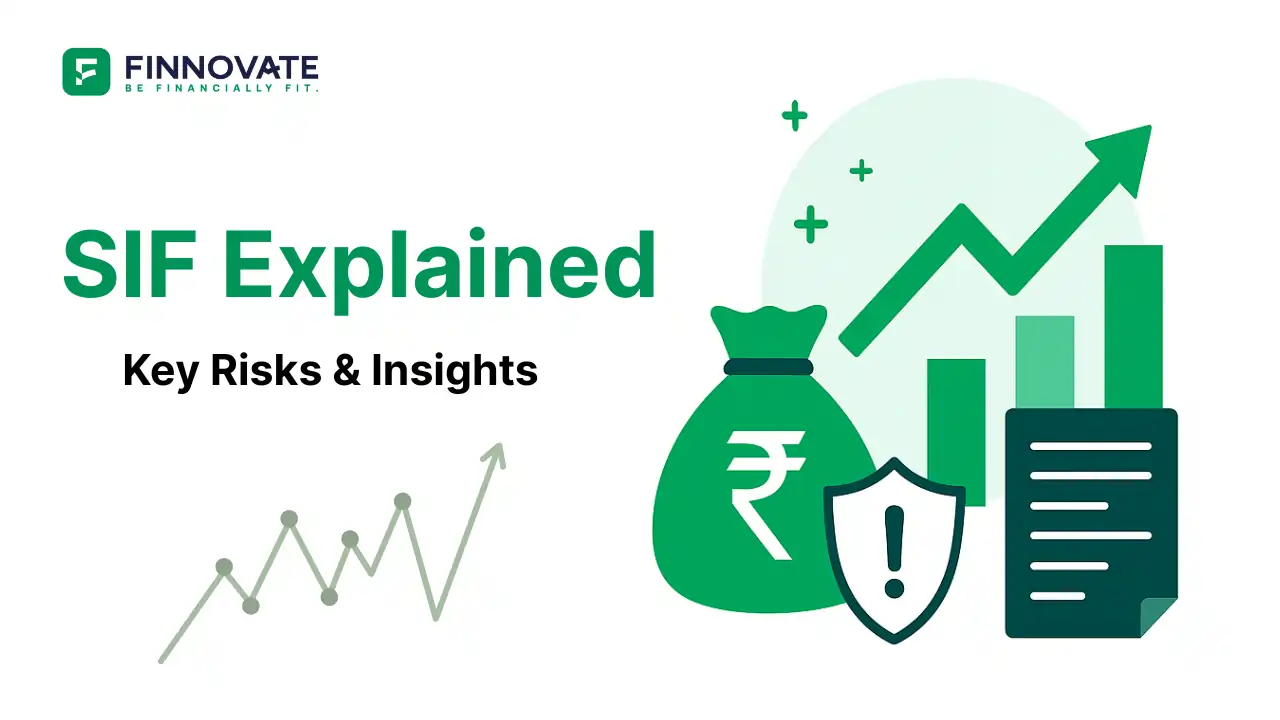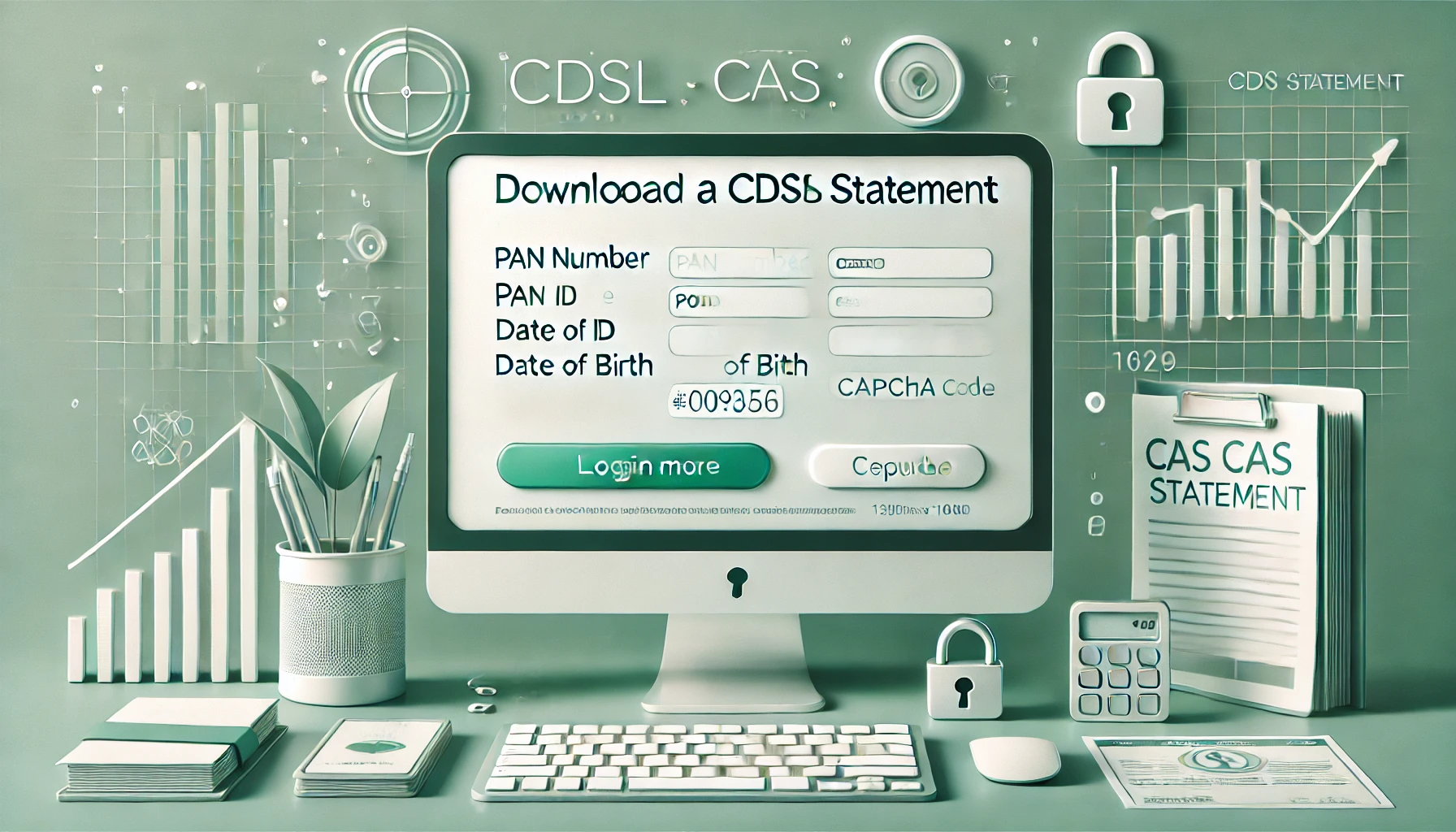
Section 54F Exemption: Save LTCG Tax by Buying a House in India
Learn how Section 54F works to reduce long-term capital gains tax when you reinvest sale p...
Making money from your investments is exciting—until tax season shows up like that uninvited guest who eats all your snacks.
But what if there was a clever way to cut down your tax bill without doing anything shady?
Say hello to Tax-Loss Harvesting—a way to make your losses a little less painful and your tax bill a lot smaller.
It’s simple.
If you’ve got a few investments that are in the red (aka not doing great), you can sell them and use those losses to reduce the tax you pay on your profits from other investments.
It’s like using one bad apple to make the tax pie a little sweeter.
Let’s say:
You made ₹50,000 profit on one stock (yay!)
But lost ₹30,000 on another (not-so-yay)
By selling the losing stock, you can bring down your taxable gain to ₹20,000 instead of ₹50,000. That’s ₹30,000 the taxman can’t touch.
Yes. And it’s more common than you think.
In India, capital gains tax works in two buckets:
Short-Term Gains (STCG): Sold in less than a year = taxed at 15%
Long-Term Gains (LTCG): Held for over a year = taxed at 10% (after ₹1 lakh exemption)
Tax-loss harvesting helps you balance the scales.
Here’s your 4-step cheat sheet:
Spot the sad investments
Look through your portfolio for those that have dropped below your buy price.
Sell them
Yes, it stings a little. But think of it as a financial detox.
Use that loss to cancel out gains
You don’t have to pay tax on money you didn’t actually keep.
Reinvest smartly
Don't just sit on the cash. Put it into something similar (but not identical), so your long-term plans stay on track.
Here’s what makes tax-loss harvesting worth considering:
✅ You pay less tax
That’s the whole point. Fewer gains to show on paper = smaller tax bill.
✅ Clean up your portfolio
It’s a good excuse to dump the duds and buy something better.
✅ Losses can be saved for later
Can’t use the full loss this year? Carry it forward for up to 8 years. Think of it as a tax-saving coupon for future you.
✅ You don’t have to wait till March
Do it any time of the year. Why suffer in silence?
Like any good investment trick, this isn’t magic. Here are a few things to keep in mind:
Too much trading = too many fees
Brokerage costs can eat into your savings if you're not careful.
What if the market bounces back?
Selling now means you might miss out on recovery later. Timing matters.
Long-term losses can’t cancel short-term gains
Yes, the tax rules like to keep things spicy. Match short-term with short-term, and long-term with long-term.
Record-keeping needs to be sharp
Don’t forget when you bought what, and how much you paid. Your CA will thank you.
Don’t chase tax benefits blindly
Selling just for the tax break and forgetting your big-picture plan? That’s like skipping dinner for dessert—it might feel good briefly but doesn’t work long term.
You made ₹30,000 profit on one stock, and lost ₹50,000 on another.
➡️ Net gain = ₹0 (because the ₹30,000 gain is wiped out by part of the ₹50,000 loss)
➡️ Leftover ₹20,000 loss can be carried forward for future years.
Nice!
This one’s the cousin of tax-loss harvesting.
You sell a profitable long-term investment, book the gain (up to ₹1 lakh = zero tax), and then reinvest. Use it every year if you can. Think of it like giving your portfolio a yearly bath.
When the market dips and things are temporarily down
When you're in a higher tax bracket (more to save!)
At financial year-end—but don’t wait till the last minute
During portfolio cleanups or rebalancing
It won’t help much if your income is already low and you’re not paying much tax. But for most people, it’s a helpful trick to keep in the financial toolbox.
✅ Review regularly – don’t just wait for March
✅ Pick the right cost method – like FIFO or specific ID (your broker can help)
✅ Stay aligned with your goals – don’t turn into a tax-saving zombie
✅ Keep records clean – dates, prices, and sale details
We’ve seen investors, especially those in higher income groups, use tax-loss harvesting to:
Reduce tax on mutual fund exits
Offset big stock gains with losses in other shares
Make smart switches between funds or stocks without waiting for the perfect moment
It’s not flashy. But it works.
Tax-loss harvesting won’t make you rich overnight, but it can definitely help you keep more of what you earn. Think of it as brushing your financial teeth—it’s not fun, but your future self will thank you.
No pressure. No push. Just one more way to make your money work a little harder (while you don’t have to).
Popular now

Learn how to easily download your NSDL CAS Statement in PDF format with our step-by-step g...

Explore what Specialised Investment Funds (SIFs) are, their benefits, taxation, minimum in...

Learn How to Download Your CDSL CAS Statement with our step-by-step guide. Easy instructio...

Analyzing the potential economic impact of the 2025 India-Pakistan conflict on India's GDP...